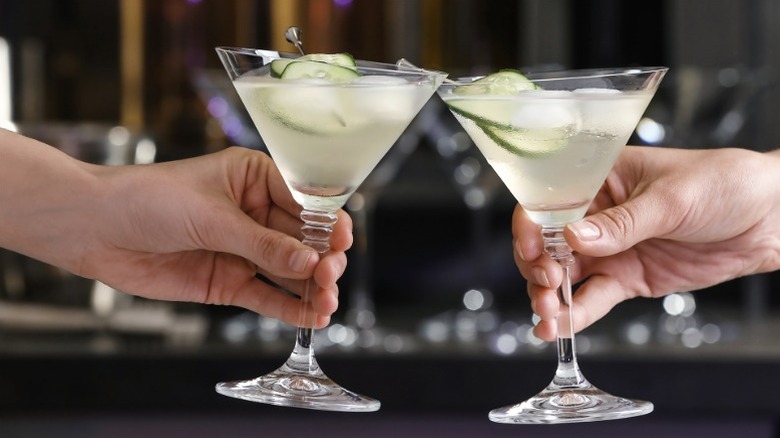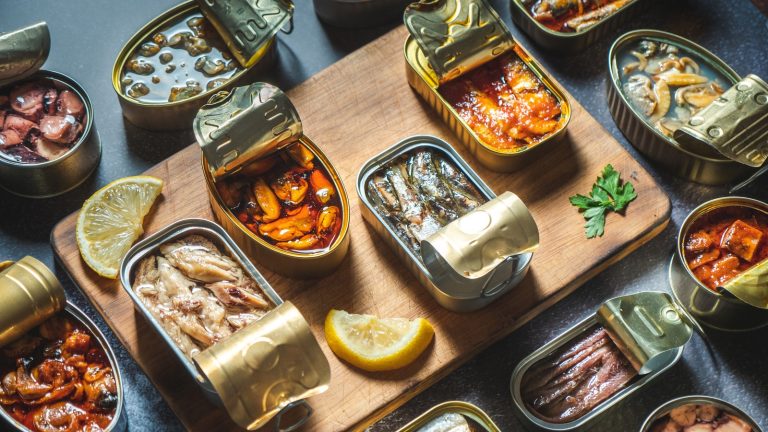There’s a classic American businessman archetype in media — a middle-aged man in a well-tailored suit who builds an empire by any means necessary. He’s hard at work, hard at play, and full of confidence (ego) and charisma. At the scene of every triumph and downfall lies a bottle of liquor. Fiction isn’t so far from reality, and the three-martini lunch was a trend in the rocky history of American industry.
In the mid-20th century, the United States began to experience an economic boom, and a trend dubbed the “three-martini lunch” started cropping up. This phrase described a scene of businessmen taking leisurely lunch breaks where they would enjoy food and alcoholic drinks in the name of boosting creativity. Martini recipes looked a bit different back in the day. They were served in smaller portions, so three cocktails wouldn’t equate to as much alcohol as we’re acquainted with now. Regardless, the practice came with issues outside of getting intoxicated on the job.
News of the three-martini lunch gained traction because these meals counted as tax-deductible business expenses. Proponents of the policy encouraged it for productivity among white-collar executives, and it has historically been supported by Presidents Gerald Ford and Donald Trump. Opponents of the policy included Presidents John F. Kennedy, Ronald Reagan, and Jimmy Carter, who believed it was abusive to tax policy and unfair to most Americans.
Pros and cons of the three-martini lunch
The three-martini lunch was a symptom of a wider cultural conversation about privilege and leisure. There weren’t (and aren’t) any federal laws entitling all workers to a break, whether it was paid or not. Many working-class individuals ended up with fewer, shorter breaks than the upper crust. However, the three-martini lunch as a concept wasn’t all bad.
Having a longer lunch with the chance to chat with coworkers isn’t that novel of an idea (whether alcohol should be a part of the experience is a whole other conversation). Working is how adults spend the majority of their daytime hours, and there’s an overlap between countries with the highest quality of life, productivity, and fair labor practices, with Switzerland and Sweden as some of the top leaders. Many businesses in these countries have hour-long lunch breaks, which are enough time to stop by a restaurant and enjoy a meal. Countries like France make savoring food a priority, with even longer lunch breaks and well-crafted menus for school children.
The three-martini lunch might not exist in the United States in the same way as it did in the 1960s, but we can see the legacy of corporate beverage culture with people instead chatting by the reliable break room coffee machine. Businesses can still use certain food-related expenses as tax deductions if the conditions are right. Ordering a dirty martini just might not be a part of the process.






